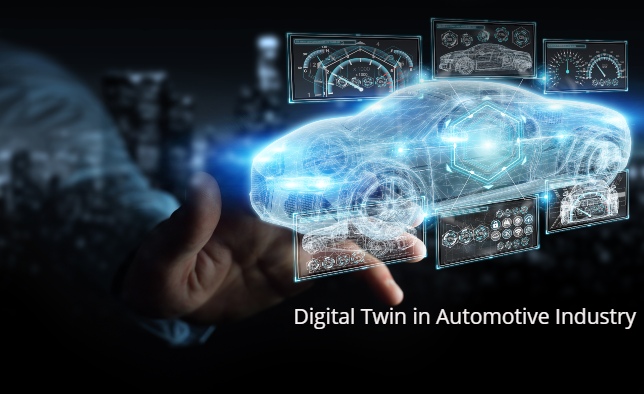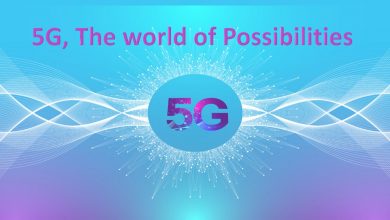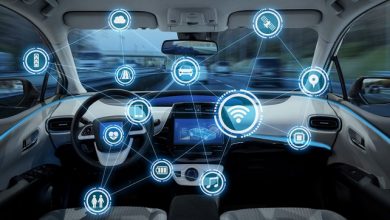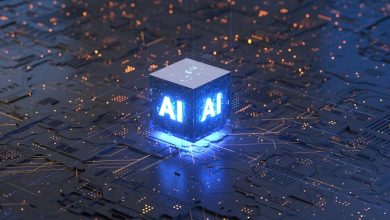Application of Blockchain and ‘Digital Twin’ in Automotive Industry

Automotive is one of the many industries which is undergoing a series of changes at an exponential rate. There are also a lot of new technologies evolving in other industries which can be applied to automotive industry to help in addressing various challenges and bring optimisation within the automotive industry.
‘Blockchain’ and ‘Digital Twin’ are such technologies which can be applied in automotive sector to transform product, processes, services and maintenance. This article covers the features and application of these technical concepts in automotive industry and their benefits.
Blockchain
As per Wikipedia
“A blockchain is a growing list of records, called blocks that are linked together using cryptography. Each block contains a cryptographic hash of the previous block, a timestamp, and transaction data (generally represented as a Merkle tree). The timestamp proves that the transaction data existed when the block was published in order to get into its hash. Blocks contain the hash of the previous block, forming a chain, with each additional blocks reinforcing the ones before it. Therefore, blockchains are resistant to modification of their data because once recorded, the data in any given block cannot be altered retroactively without altering all subsequent blocks.”
Source – https://en.wikipedia.org/wiki/Blockchain
In simple words, Blockchain is a shared, distributed & immutable ledger records transactions and track assets across the network. This digital ledger records transactions publically and validates all transaction data seamlessly. Some of the features of Blockchain are:
- Available – Since there are multiple participants in a blockchain network, so there is no single point of failure.
- Immutable – Each record is stored in blocks, which has a cryptographic hash of previous block forming a chain, with additional blocks reinforcing the previous ones. Hence, resistant to modifications.
- Transparent – The transactions are visible to all participants with same copies on multiple nodes thus ensuring transparency of the information held.
- Irreversible – The records in a blockchain network are irreversible and enforcing a new transaction to compensate the previous one will ensure full visibility of records.
and many more.
There are primarily four types of Blockchain networks which are: public, private, hybrid and consortium.
Public blockchains : It is publicly available and has no access restrictions.
Private blockchains: It is controlled by one organisation which also controls participator and validator access.
Hybrid blockchains: It is composed of centralised and decentralised features.
Consortium blockchains: It is maintained and managed by multiple organisations.
Digital Twin
A digital twin can be described as a digital replica of the physical object. Various attributes of state of the physical object can be tracked using sensors and mapped to its digital copy so as to keep both the physical and digital states in sync. Digital twin helps in establishing the following aspects:
- Monitor the product usage in real time.
- Remote diagnostics and troubleshooting.
- Analyse the behaviour of physical product and predict future performance.
- Understand limitations of the product and improve.
- Run simulations on the digital twin to predict behaviour and improve the product.
These technologies can be used together to provide resilient and reliable information about an automobile and establish a digital twin for prediction, diagnosis and improvement of future automobile designs.
Manage Digital Model using Blockchain
Manufacturing an automobile comprises of a complex network of manufactures and suppliers requiring specialisation in specific areas spanning across geographically distributed departments and companies, however, it still spins around Automotive Manufacturers, which are mainly responsible for producing the end product.
Although, Automotive Manufacturers produce some of the equipment themselves, however they are more focused on designing vehicles, ordering required parts from suppliers and assembly of the final product.
Tier 1 suppliers supply parts directly to Automotive Manufacturers and are capable to produce automotive parts.
Tier 2 suppliers are also engaged in supplying automotive parts however, they do not provide parts directly to Automotive Manufacturers but through Tier 1 suppliers.
As far as Tier 3 suppliers are concerned, they provide raw materials for manufacturing of automotive parts to Tier 1, Tier 2 suppliers and also to Automotive Manufacturers.
Blockchain can be used by all the concerned parties to add details of the respective components and raw materials via smart contracts in the Blockchain network. It can also keep the records regarding the vehicle ownership transfer as contracts.
The above statement is an over simplified view of the entities involved for the manufacturing of an automobile and is represented in Figure 1, showing automobile production and maintenance lifecycle details as smart contracts in a Blockchain network.
Since, the value chain for the manufacturing automobile mainly comprises of Automobile Manufacturers and Suppliers, establishing a Consortium Blockchain network for managing smart contracts across respective entities will be more appropriate. Considering the consortium Blockchain will mainly consists of OEMs, Tier 1 and Tier 2, the approximate number of nodes of the Blockchain can be ~60. This will ensure that a trust is established between all the participating entities responsible for providing the end product. The Blockchain also need to have appropriate access rights to Dealers, Government transport and law enforcement agencies. Since this type of Blockchain network is controlled by a consortium of participating entities, hence it can established as Proof of Authority based network where transactions and blocks are validated by approved accounts.
Since, we are targeting this Blockchain network to store a digital replica of the automobile, we will focus on aspects of integration from production and maintenance point of view. This means the physical entity details are appropriately logged in the Blockchain accounts. The various physical aspects of producing vehicle such as raw material, physical parts, electrical parts, assembly, tyres etc. will be registered as smart contracts within the Blockchain.
All these details will be electronically secured and available in Blockchain and will represent a newly produced physical vehicle. All this information weaved together will provide required information to represent the digital model of the physical entity.
Connected Vehicle to enable Digital Shadow
Nowadays, most of the automobiles are connected to the cloud and are capable of sending all the critical & relevant information related to their performance. This information can be stored as temporal data in the associated Blockchain network of the respective OEM. Ensures that the physical state information of respective components of any vehicle at any timed snapshot will be stored securely as Smart Contracts in the Blockchain network. The digital information of all the components of the vehicle at any point of time represents the digital shadow of the vehicle at that instance.
We can use the above information to establish ‘Digital Twin’ of any automobile.
Deriving Digital Twin
Normally, the digital information collected from a physical asset is often referred to as Digital Twin. However, I believe that the information so collected represents the shadow of the asset not exactly the a digital twin of the physical asset.
Now, in order to construct a digital twin, we need to overlay the digital shadow information over the digital model of the product. The digital model of the asset represents the physical asset that has all the information about the construct of the asset which is mostly static in nature and the digital shadow of the asset contains the information collected from the associated sensors to various parts of the asset which is dynamic in nature as time-series data. These two information models when merged together will present the ‘Digital Twin’ of the asset.
In context to Automotive, the vehicle information provided during the production process of a vehicle by various entities which participated in the production process of the vehicle when overlayed with the digital information collected by associated sensors over a period of time will represent the Digital Twin of a Vehicle at a given point of time. The figure illustrates the fabrication of Digital Twin by an amalgamation of ‘Digital Model’ and ‘Shadow’ of a vehicle.
The ‘Digital Twin’ will have both the static and dynamic information of the vehicle and thus can be used to analyse various aspects of the vehicle related to wear & tear, servicing requirements, life of auto parts, predicting the lifespan of a vehicle, improvement of future design, improvement of raw material usage & type and also execute various analytical models to understand the behaviour of a vehicle.
If we consider that the information related to vehicle servicing and auto part replacement is also maintained in the Blockchain network, then we will get two models to be compared with each other.
The first one being the ‘Digital Twin’ and the other being the actual state of the physical vehicle using the information captured during the vehicle servicing and auto part replacements. The delta between these states i.e. the one using ‘Digital Twin’ and the other being the actual physical state of the vehicle will help in re-calibration of the prediction. Also, in understanding the consumption of material for the production process and the optimum conditions to elongate the life of the vehicle. The figure is a visual representation.
To summarise, I believe that automotive industry can utilise the technologies such as Blockchain and ‘Digital Twin’ to improve existing business processes, shorten manufacturing lifecycle, waste reduction, establish trust between various parties, providing accurate and trusted information to apply AI and ML tools and techniques to forecast and compare the derived results with actuals, thus improving product the customer satisfaction level and shorten the delivery cycle.
Author:

Abhishek Kumar Arya
Practice Head – IoT
Tech Mahindra
Abhishek Kumar Arya has more than two decades of experience in IoT consulting, enterprise consulting, enterprise architecture, technical architecture, solution design, development and support of mission critical business applications. He has worked extensively on various IoT and Telematics products from concept to realisation.
Published in Telematics Wire





